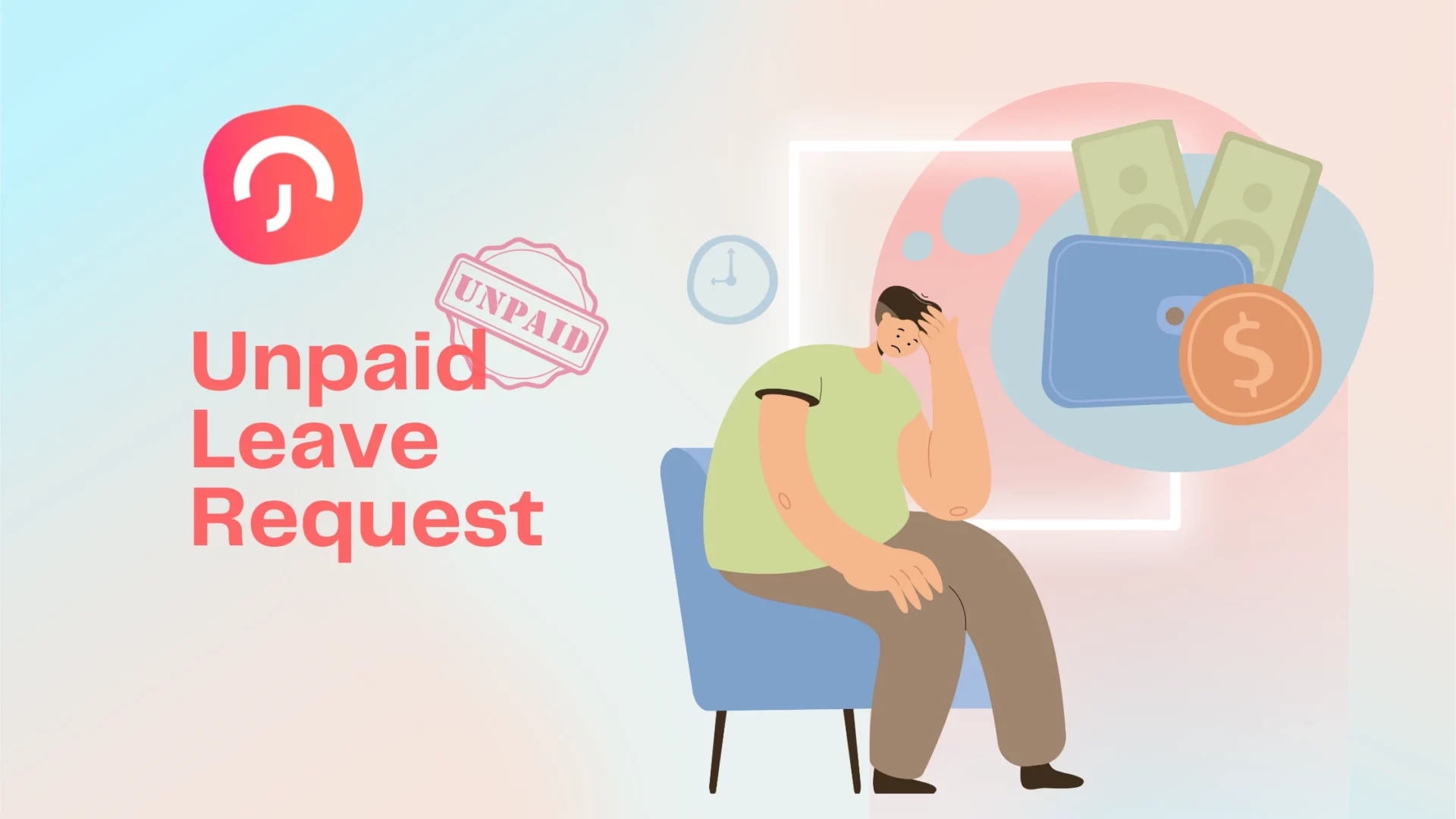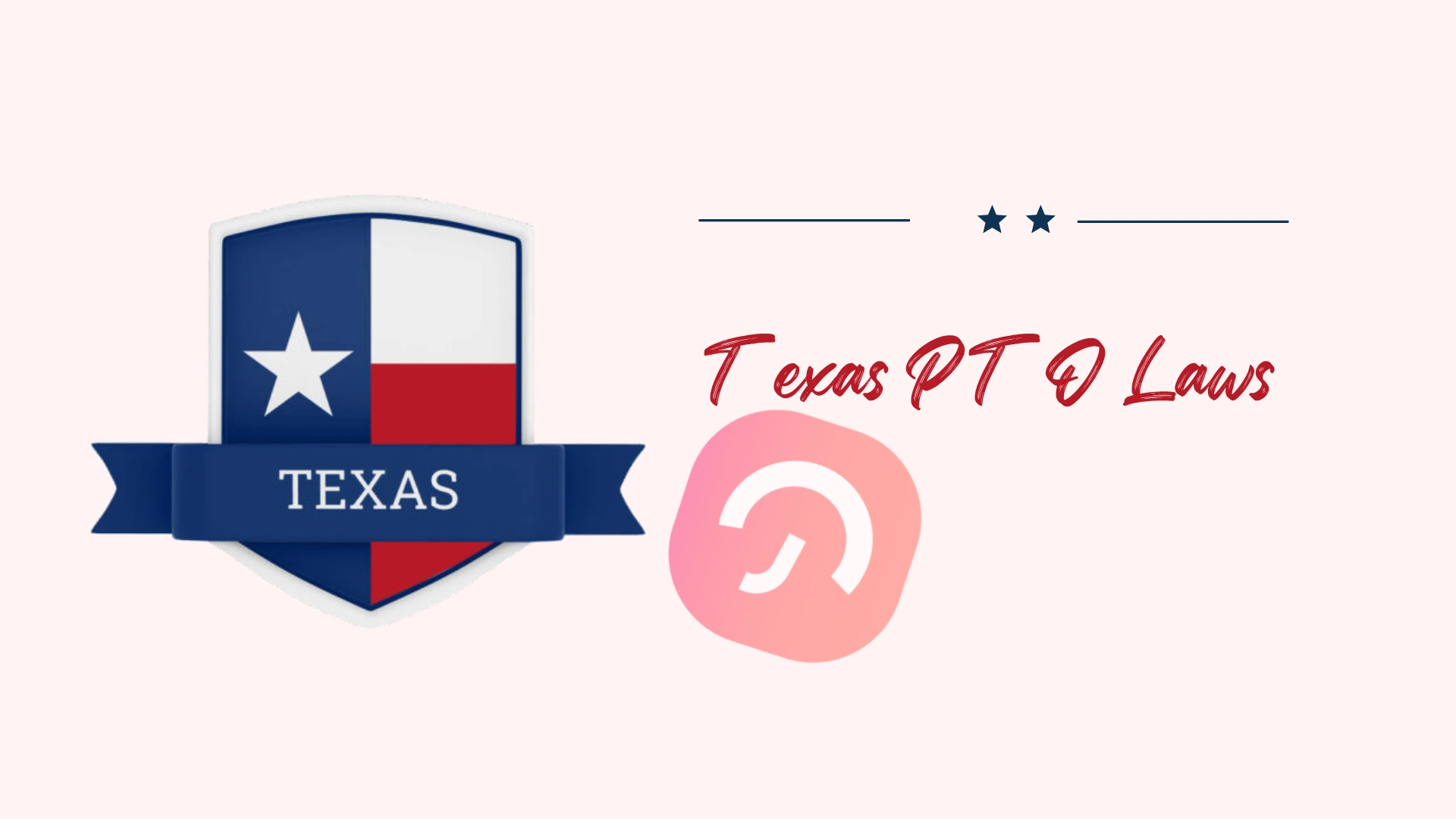Announcing an employee’s departure can be a delicate task that requires sensitivity, professionalism, and clear communication. Whether it’s related to leave management or an employee leaving voluntarily or involuntarily, it is crucial to manage the transition smoothly to maintain morale and ensure business continuity. Here’s a comprehensive guide on how to announce an employee is leaving the company, along with templates to help you craft the perfect message.
Steps for Announcing an Employee’s Departure
Prepare the Announcement
Before making any announcements, have a discussion with the departing employee to agree on the timing and content of the message. This ensures that both parties are on the same page and prevents any misunderstandings.
Choose the Right Medium
Decide whether the announcement should be made via email, a staff meeting, or both. The choice depends on the size of your organization and the nature of the employee’s role. For smaller teams, a meeting might be more personal, while a company-wide email might be more efficient for larger organizations.
Be Clear and Positive
Communicate the departure clearly and positively, focusing on the contributions the employee made during their tenure. Avoid sharing too many details about the reasons for their departure, especially if they are negative.
Provide Necessary Details
Include information about the departure date, transition plans, and interim contacts. If applicable, mention any farewell events or opportunities for colleagues to say goodbye.
Express Gratitude
Show appreciation for the departing employee’s contributions to foster a positive atmosphere. This not only honors the leaving employee but also demonstrates to the remaining employees that their efforts are valued.
Maintain Professionalism
Ensure the tone of the announcement remains professional and respectful. Avoid discussing any negative aspects of the departure or personal details.
Templates for Announcing an Employee’s Departure
Template 1: General Announcement
Subject: Farewell to [Employee’s Name]
Dear Team,
I am writing to inform you that [Employee’s Name], [Job Title], will be leaving [Company Name] as of [Last Working Day, Date].
[Employee’s Name] has been with us for [duration] and has made significant contributions to our team, particularly in [specific achievements or projects]. We are grateful for their dedication and hard work during their time with us.
To ensure a smooth transition, [Interim Contact/Replacement] will be taking over [Employee’s Name]’s responsibilities until a permanent replacement is found. Please join me in wishing [Employee’s Name] all the best in their future endeavors.
We will be organizing a farewell event on [Date] at [Time/Location] to give everyone an opportunity to say goodbye and wish [Employee’s Name] well.
Best regards,
[Your Name]
[Your Position]
Template 2: Senior Executive Departure
Subject: Important Announcement: [Executive’s Name]’s Departure
Dear Colleagues,
It is with mixed emotions that I announce the departure of [Executive’s Name], our [Executive’s Position], effective [Last Working Day, Date].
[Executive’s Name] has decided to [reason, e.g., pursue new opportunities, retire] after [number] years of exemplary service at [Company Name]. During [his/her/their] tenure, [he/she/they] have been instrumental in [mention key accomplishments and contributions].
We will immediately begin the search for a suitable successor and ensure a smooth transition. In the interim, [Interim Contact] will assume [Executive’s Name]’s duties to maintain continuity in our operations.
Please join me in thanking [Executive’s Name] for [his/her/their] visionary leadership and unwavering commitment to [Company Name]. We wish [him/her/their] all the success in [his/her/their] future endeavors.
A farewell reception will be held on [Date] at [Time/Location]. We hope you can all join us in expressing our gratitude and best wishes to [Executive’s Name].
Warm regards,
[Your Name]
[Your Position]
Template 3: Team Announcement for Immediate Resignation
Subject: Immediate Departure of [Employee’s Name]
Dear Team,
I regret to inform you that [Employee’s Name] has decided to leave [Company Name] effective immediately. We respect [his/her/their] decision and wish [him/her/their] all the best in [his/her/their] future endeavors.
We understand this news may come as a surprise, and we appreciate your understanding during this transition. [Interim Contact/Replacement] will be assuming [Employee’s Name]’s responsibilities until further notice. Please direct any urgent matters to [Interim Contact] at [email/phone number].
We thank [Employee’s Name] for [his/her/their] contributions and wish [him/her/their] success in future ventures.
Best,
[Your Name]
[Your Position]
Template 4: Voluntary Departure
Subject: Wishing [Employee’s Name] the Best in New Endeavors
Dear Team,
I am writing to inform you that [Employee’s Name], [Job Title], has decided to pursue new opportunities and will be leaving [Company Name] as of [Last Working Day, Date].
During [his/her/their] [number] years with us, [Employee’s Name] has played a key role in [specific projects or departments]. [His/Her/Their] innovative ideas and dedication have significantly contributed to our success.
[Interim Contact/Replacement] will assume [Employee’s Name]’s responsibilities during the transition period. Please join me in wishing [Employee’s Name] all the best in [his/her/their] future endeavors.
We will hold a small gathering on [Date] at [Time/Location] to celebrate [Employee’s Name]’s contributions and wish [him/her/their] well.
Sincerely,
[Your Name]
[Your Position]
Template 5: Retirement Announcement
Subject: Celebrating [Employee’s Name]’s Retirement
Dear Team,
I am pleased to announce that [Employee’s Name], [Job Title], will be retiring from [Company Name] as of [Last Working Day, Date].
[Employee’s Name] has been a valued member of our team for [number] years. [His/Her/Their] expertise and dedication have been instrumental in our growth and success, particularly in [specific achievements or departments].
We will miss [Employee’s Name] and [his/her/their] contributions, but we are also excited for [him/her/their] as [he/she/they] embark on this new chapter. [Interim Contact/Replacement] will take over [Employee’s Name]’s duties during the transition.
Please join us in celebrating [Employee’s Name]’s retirement at a special event on [Date] at [Time/Location]. Let’s make sure to give [him/her/their] a memorable send-off.
Best wishes,
[Your Name]
[Your Position]
Template 6: End of Contract
Subject: Contract Conclusion for [Employee’s Name]
Dear Team,
I am writing to inform you that [Employee’s Name]’s contract with [Company Name] will conclude on [Last Working Day, Date].
[Employee’s Name] has been an asset to our team during [his/her/their] contract period, contributing significantly to [specific projects or areas]. We appreciate [his/her/their] hard work and dedication.
We are in the process of identifying a replacement and will keep you updated. In the interim, [Interim Contact/Replacement] will manage [Employee’s Name]’s responsibilities.
Please join me in thanking [Employee’s Name] for [his/her/their] contributions and wishing [him/her/their] success in future endeavors.
Regards,
[Your Name]
[Your Position]
Template 7: Departing for Further Education
Subject: Best Wishes to [Employee’s Name] Pursuing Further Education
Dear Team,
I am excited to announce that [Employee’s Name], [Job Title], will be leaving [Company Name] to pursue further education. [His/Her/Their] last day with us will be [Last Working Day, Date].
[Employee’s Name] has been a valuable part of our team for [duration], and [his/her/their] work in [specific area or project] has been exemplary. While we will miss [him/her/their] expertise and enthusiasm, we support [his/her/their] decision to advance [his/her/their] education.
During this transition, [Interim Contact/Replacement] will take over [Employee’s Name]’s responsibilities. Please join me in wishing [Employee’s Name] all the best in [his/her/their] studies.
We will host a farewell event on [Date] at [Time/Location] to celebrate [Employee’s Name]’s contributions and future success.
Warm regards,
[Your Name]
[Your Position]
Template 8: Moving to a Different Location
Subject: [Employee’s Name]’s Relocation Announcement
Dear Team,
I am writing to inform you that [Employee’s Name], [Job Title], will be leaving [Company Name] due to relocation. [His/Her/Their] last day with us will be [Last Working Day, Date].
[Employee’s Name] has been an integral part of our team for [duration], making significant contributions in [specific areas or projects]. We are grateful for [his/her/their] dedication and hard work.
To ensure a smooth transition, [Interim Contact/Replacement] will handle [Employee’s Name]’s responsibilities until a permanent replacement is found. Please join me in wishing [Employee’s Name] all the best in [his/her/their] new location.
We will be having a farewell gathering on [Date] at [Time/Location] to bid [Employee’s Name] farewell and wish [him/her/their] success in [his/her/their] future endeavors.
Sincerely,
[Your Name]
[Your Position]
Best Practices for Announcing an Employee’s Departure
Announcing an employee’s departure can be a sensitive task that impacts team dynamics and morale. To ensure the process is handled professionally and respectfully, it’s important to adhere to best practices. Here are detailed explanations to guide you through this process:
Timeliness
Make the announcement as soon as possible after the decision has been finalized to prevent rumors and ensure a smooth transition.
Timeliness is crucial when announcing an employee’s departure. Delaying the announcement can lead to the spread of rumors and speculation, which can create an atmosphere of uncertainty and distrust within the organization. Prompt communication helps to control the narrative and provides clarity to all employees. By making the announcement promptly, you also give yourself and the team adequate time to plan for a smooth transition, ensuring that business operations continue without disruption. This includes redistributing the departing employee’s responsibilities, training their replacement, and addressing any immediate concerns from the team.
Transparency
While it’s important to respect privacy, providing clear information about the transition plan helps manage expectations and maintain trust.
Transparency fosters trust within the organization. While it’s essential to respect the departing employee’s privacy—particularly concerning the reasons for their departure—providing clear and concise information about the transition plan is beneficial. This can include details such as who will be taking over the departing employee’s duties, the timeline for this transition, and any interim arrangements. Transparency ensures that all team members understand what to expect and can plan accordingly. It also minimizes anxiety and speculation, contributing to a stable work environment.
Consistency
Use a consistent tone and format for all departure announcements to maintain professionalism and avoid favoritism perceptions.
Consistency in communication is key to maintaining professionalism and fairness. Using a standard format and tone for all departure announcements prevents perceptions of favoritism or bias. It also reinforces the organization’s commitment to treating all employees equally and with respect. This means following a structured approach to each announcement, regardless of the employee’s position or reason for departure. Consistency helps in creating a predictable and reliable communication pattern, which can be reassuring to the rest of the team.
Support
Offer support to the departing employee and the remaining team. This could include outplacement services for the departing employee and counseling for remaining employees if the departure impacts morale.
Providing support during this transition period is vital. For the departing employee, this might involve outplacement services, which can help them find new job opportunities and offer career counseling. For the remaining team, especially if the departure is unexpected or the employee was a key team member, offering support can help mitigate any negative impact on morale. This could include counseling services, team-building activities, or additional communication from leadership to address any concerns. Supporting all employees through this process demonstrates the organization’s commitment to their well-being and can help maintain a positive and productive work environment.
Feedback Opportunity
Use the departure as an opportunity to gather feedback from the leaving employee to improve your organization’s practices and culture.
Departures can provide valuable insights into your organization’s strengths and areas for improvement. Conducting an exit interview with the departing employee allows you to gather honest feedback about their experiences, what they believe could be improved, and what they found beneficial during their tenure. This information can be invaluable for making informed changes to enhance the workplace culture and employee satisfaction. Additionally, it shows current employees that their input is valued, which can increase their engagement and loyalty to the company.
By following these best practices—timeliness, transparency, consistency, support, and feedback opportunity—you can handle employee departures in a way that maintains organizational stability, respects the departing employee, and supports the remaining team. This approach helps ensure that the transition is as smooth and positive as possible for all parties involved.
FAQ: Announcing an Employee is Leaving the Company
When should I announce an employee’s departure?
Announce the departure as soon as possible after the decision has been finalized. Prompt communication helps prevent rumors, reduces uncertainty, and ensures a smooth transition for the team.
How do I choose the right medium for the announcement?
The medium depends on your organization’s size and the employee’s role. For smaller teams, a personal meeting might be more effective. For larger organizations, a company-wide email may be more efficient.
What information should be included in the announcement?
Include the employee’s name, job title, departure date, and transition plans. If applicable, mention any farewell events and provide interim contact information.
How can I ensure the announcement is positive and respectful?
Focus on the employee’s contributions and achievements. Avoid discussing the reasons for their departure, especially if they are negative, and maintain a professional and respectful tone.
Should I mention the reasons for the employee’s departure?
Generally, it’s best to avoid mentioning specific reasons for the departure, especially if they are personal or negative. Focus instead on the employee’s contributions and the transition plan.
How can I support the remaining team after an employee leaves?
Offer counseling services, team-building activities, or additional communication from leadership to address concerns. Ensure that responsibilities are redistributed smoothly and that any immediate team needs are addressed.
What if the employee is leaving immediately?
If an employee is leaving immediately, communicate this promptly and provide information on how their responsibilities will be handled in the interim. Offer support to the team to manage the sudden change.
How should I handle the departure of a senior executive?
For senior executives, provide more detailed information about the transition plan and the search for a successor. A farewell reception can also be a good way to honor their contributions and provide closure.
Can I use a standard template for all departure announcements?
While it’s helpful to use a consistent format and tone, each announcement may need slight customization based on the specific situation and the employee’s role. Ensure the message is personalized and relevant.
How can I gather feedback from the departing employee?
Conduct an exit interview to gather honest feedback about their experiences, what could be improved, and what was beneficial during their tenure. Use this feedback to enhance your organization’s practices and culture.
Conclusion
Announcing an employee’s departure is a task that requires careful handling to maintain professionalism, respect, and a positive workplace atmosphere. By following the outlined steps—preparing the announcement, choosing the right medium, being clear and positive, providing necessary details, expressing gratitude, and maintaining professionalism—you can ensure that the transition is smooth and respectful. Utilizing the provided templates can help streamline the process, allowing you to effectively communicate the departure while supporting both the departing employee and the remaining team. Adhering to best practices such as timeliness, transparency, consistency, support, and leveraging feedback opportunities further enhances your ability to manage these transitions successfully, maintaining organizational stability and morale.











